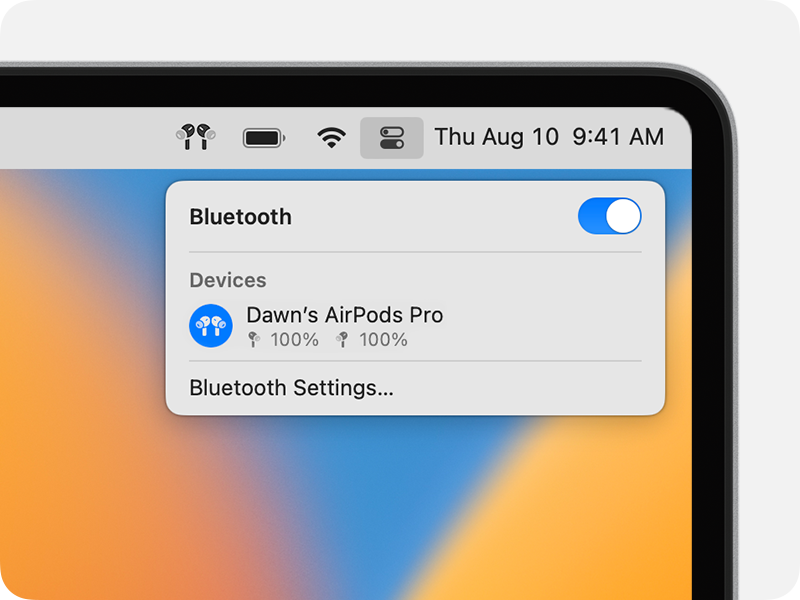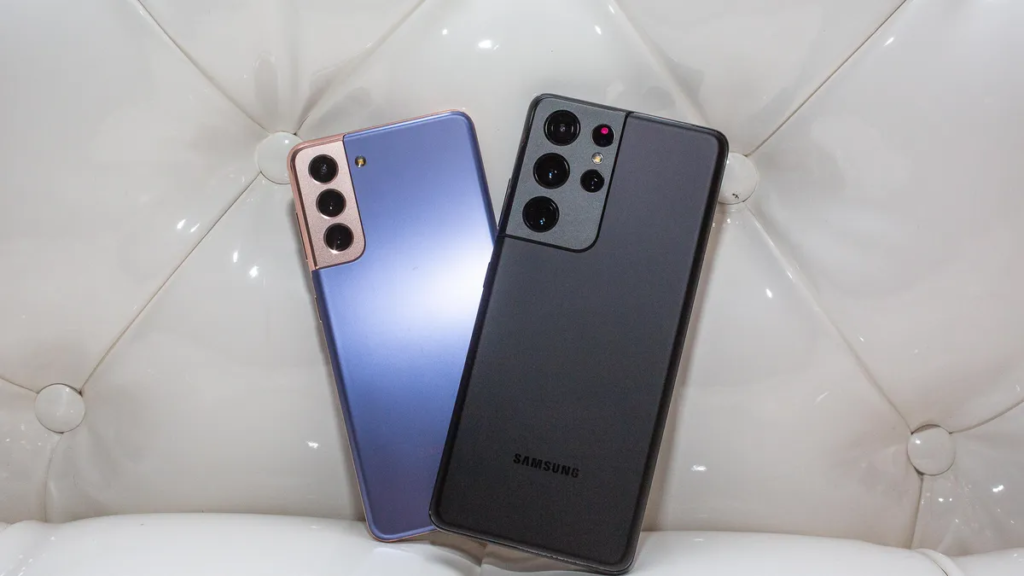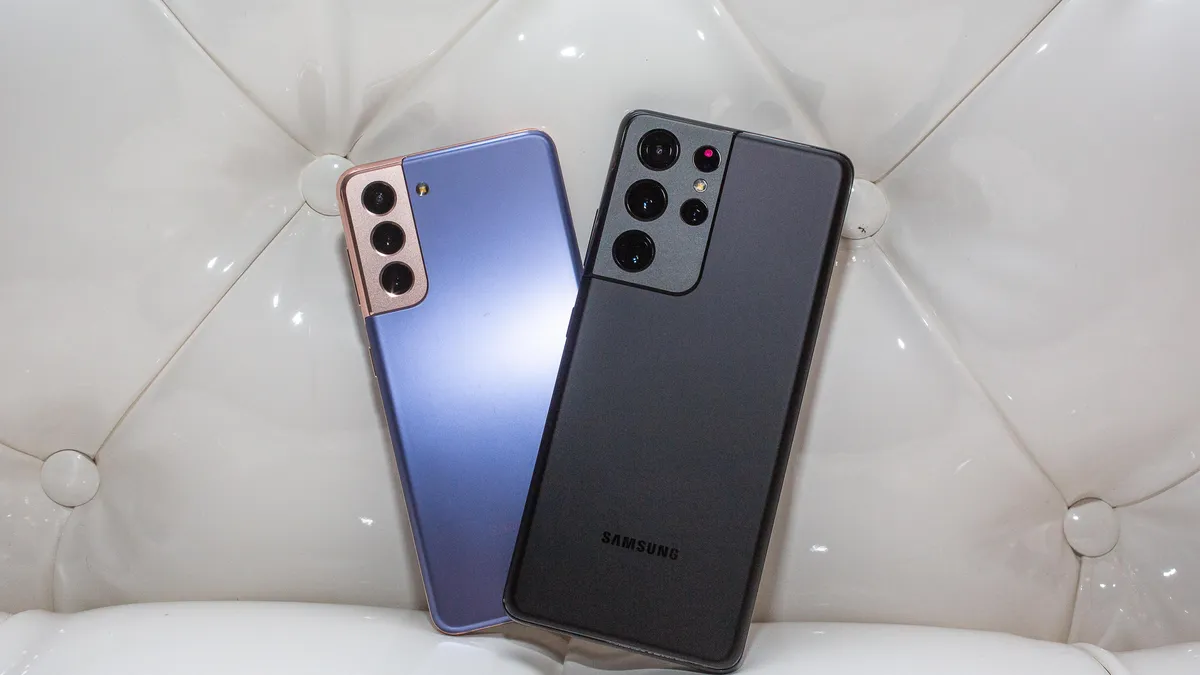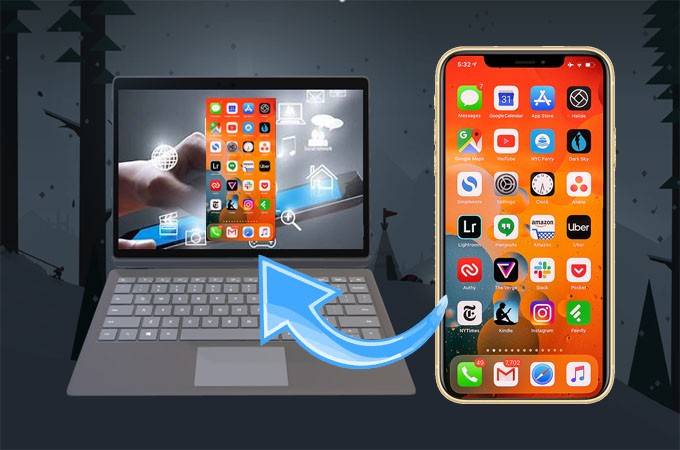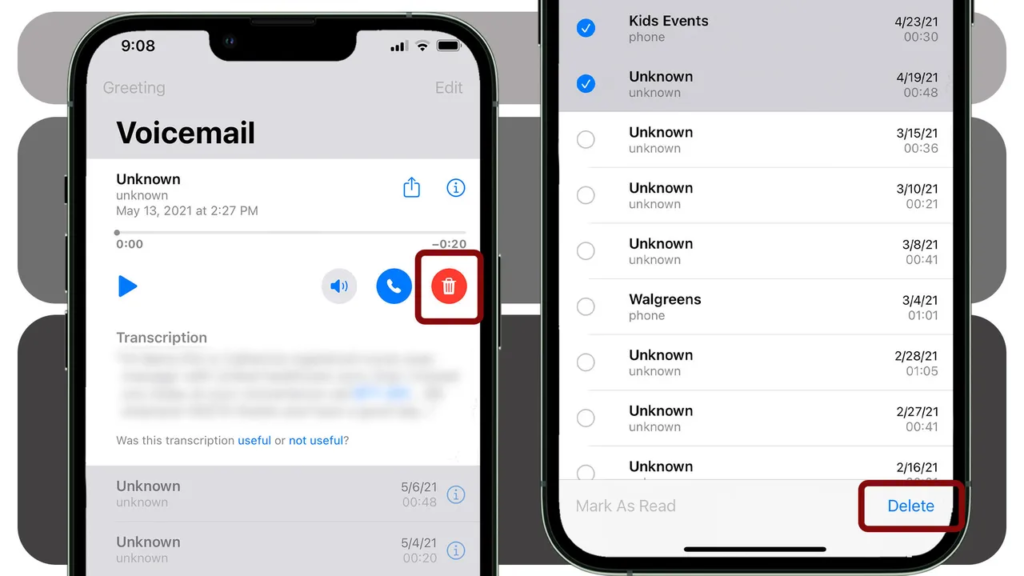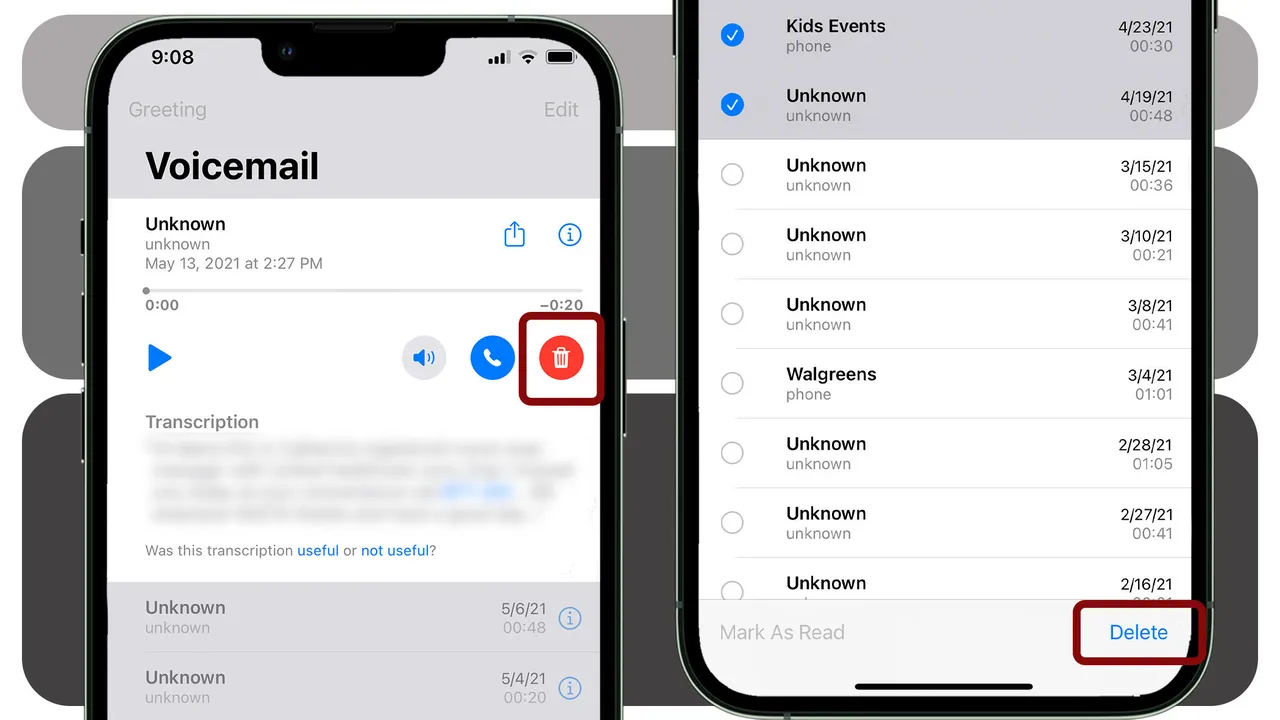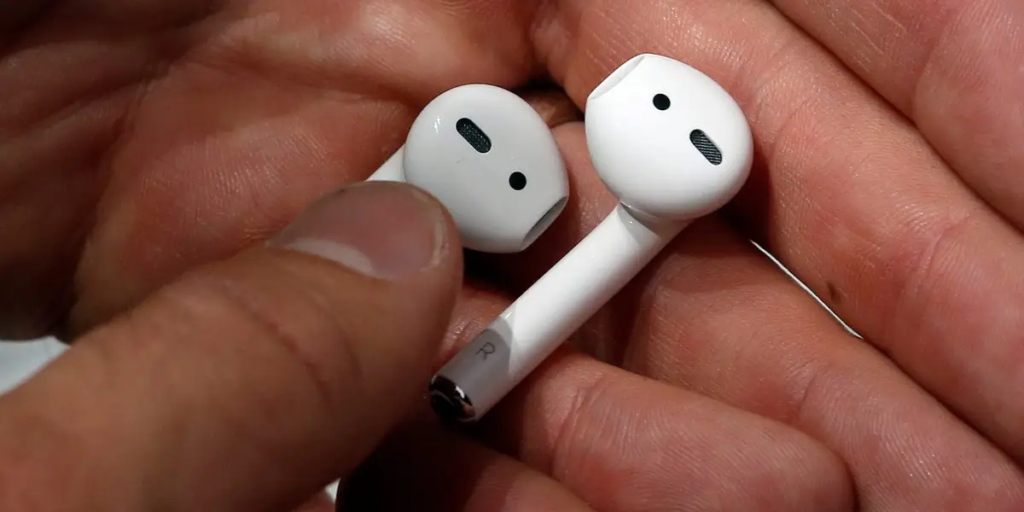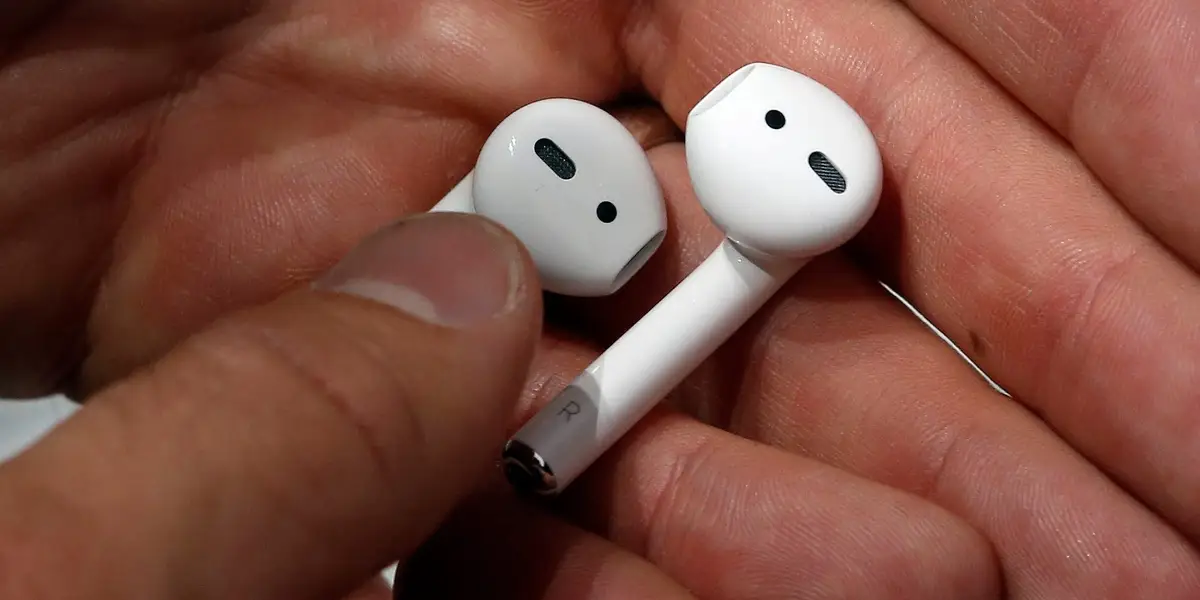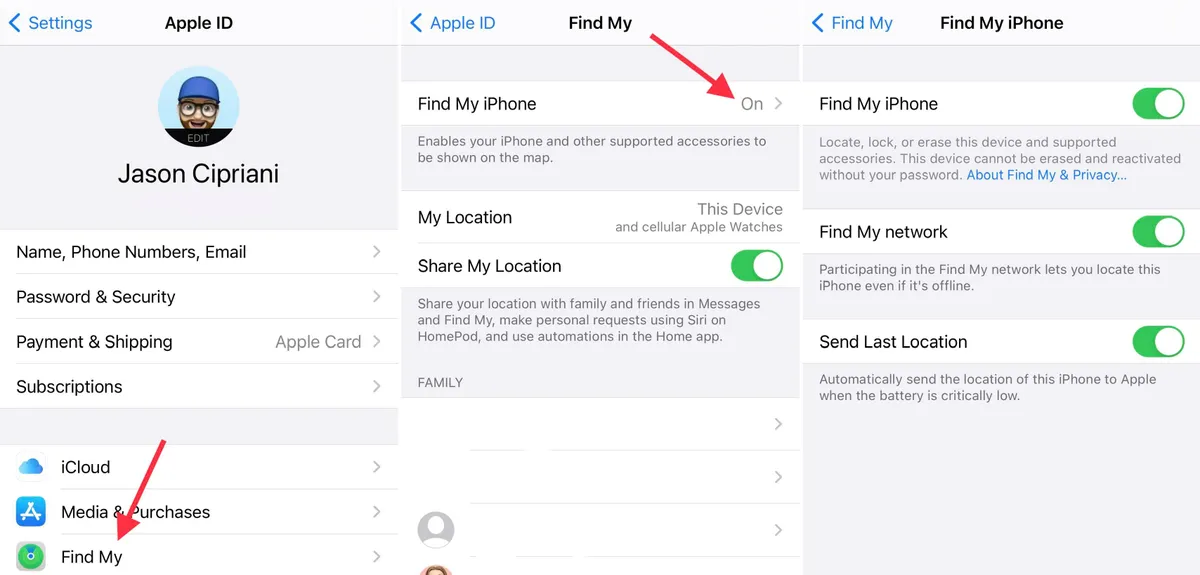tips and tricks
Top 5 Easy Ways to Fix ‘AirPods Pro Microphone Not Working

I am a law graduate from NLU Lucknow. I have a flair for creative writing and hence in my free time work as a freelance content writer.
How to Find or Track Your iPhone Even When It’s Switched Off

I am a law graduate from NLU Lucknow. I have a flair for creative writing and hence in my free time work as a freelance content writer.
